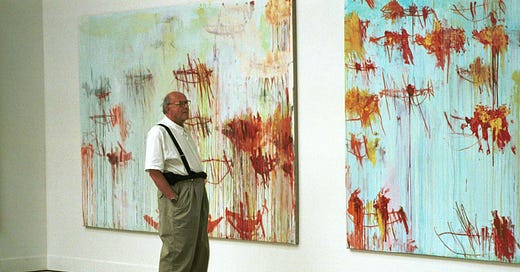What is art? On one side is a materialist or sociological view. Art is a commodity, a form of exchange. Look: this book won an award; this painting sold for millions; this play just got reviewed in the New Yorker. There’s a higher order version of this view. Art hangs in a museum and is defined by the people that go visit it and discuss it. Art symboliz…
Keep reading with a 7-day free trial
Subscribe to What Is Called Thinking? to keep reading this post and get 7 days of free access to the full post archives.



